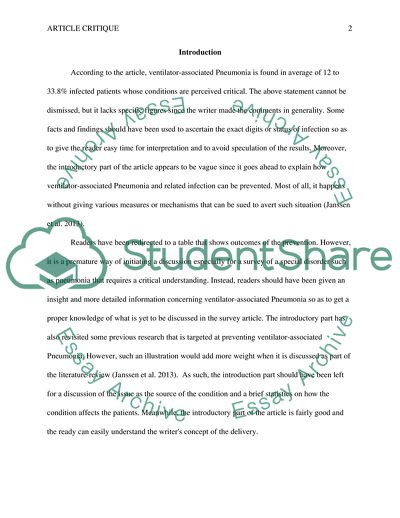Not Found (#404) - StudentShare. https://studentshare.org/medical-science/1849005-prevention-of-ventilator-associated-pneumonia
Not Found (#404) - StudentShare. https://studentshare.org/medical-science/1849005-prevention-of-ventilator-associated-pneumonia.


